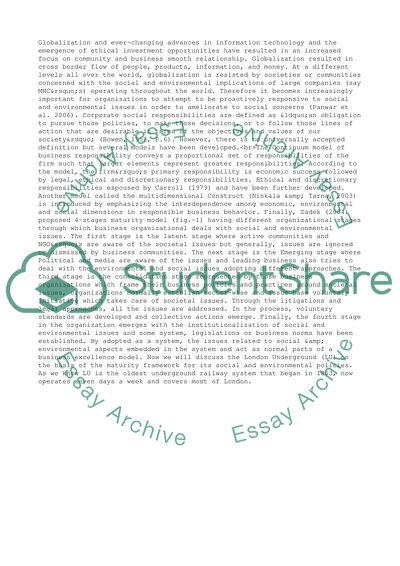Cite this document
(“Environmentally Sustainable Business Essay Example | Topics and Well Written Essays - 1750 words”, n.d.)
Environmentally Sustainable Business Essay Example | Topics and Well Written Essays - 1750 words. Retrieved from https://studentshare.org/business/1502677-environmentally-sustainable-business
Environmentally Sustainable Business Essay Example | Topics and Well Written Essays - 1750 words. Retrieved from https://studentshare.org/business/1502677-environmentally-sustainable-business
(Environmentally Sustainable Business Essay Example | Topics and Well Written Essays - 1750 Words)
Environmentally Sustainable Business Essay Example | Topics and Well Written Essays - 1750 Words. https://studentshare.org/business/1502677-environmentally-sustainable-business.
Environmentally Sustainable Business Essay Example | Topics and Well Written Essays - 1750 Words. https://studentshare.org/business/1502677-environmentally-sustainable-business.
“Environmentally Sustainable Business Essay Example | Topics and Well Written Essays - 1750 Words”, n.d. https://studentshare.org/business/1502677-environmentally-sustainable-business.


